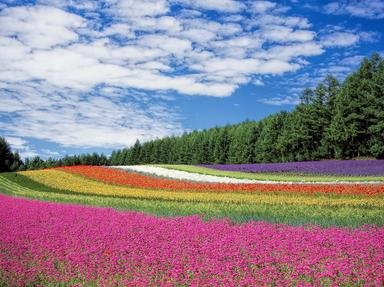Quiz Answer Key and Fun Facts
1. Which prehistoric animal in the Lascaux cave of France is clearly painted with yellow ochre?
2. Early Egyptians believed their mighty pharaohs possessed God-like qualities. When they died, a predominant colour used on the walls of many of their burial sites was yellow. Why was this?
3. During the Middle Ages in Europe, which of the apostles of Jesus was often portrayed in colours of yellow?
4. By the time of the Renaissance, the colour yellow was associated with which group of people in particular?
5. For very many years the colour yellow has been associated with pawnbrokers and moneylenders. Who is their jovial patron saint?
6. In which Asian country in particular does the colour yellow play a dominant role?
7. The beautiful painting "A Young Girl Reading" by Jean-Honore Fragonard displays the predominant colour of yellow. In which part?
8. Other flowers in the same family as this flower include jonquils and daffodils. Can you work out its name from the photo clue given?
9. Based on the name of a popular cartoon in the late 1890s, "The Yellow Kid" later became associated with which form of media in the 20th century and beyond?
10. What is yellowcake?
Source: Author
Creedy
This quiz was reviewed by FunTrivia editor
agony before going online.
Any errors found in FunTrivia content are routinely corrected through our feedback system.


